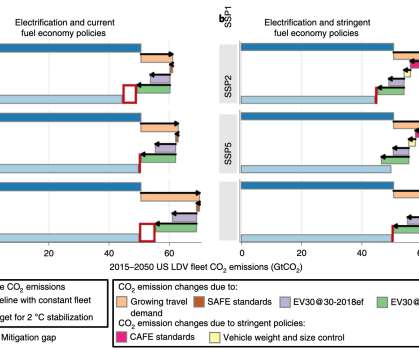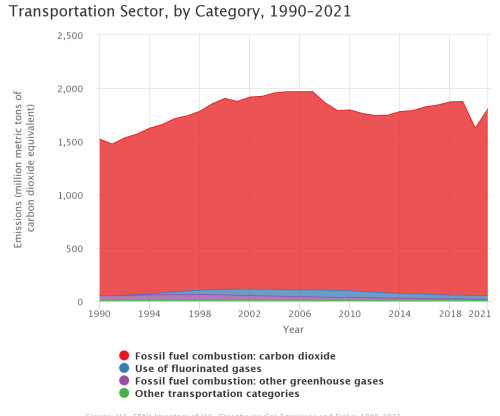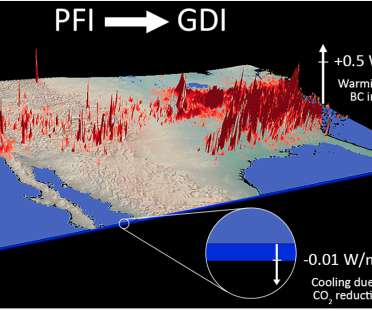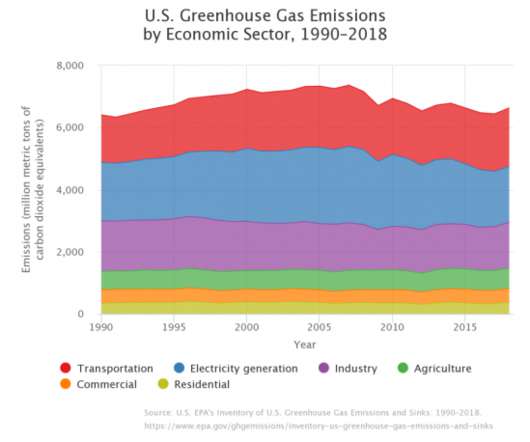U of Toronto study finds US electrification of LDV fleet not a silver bullet for tackling climate change in vehicle sector
Green Car Congress
OCTOBER 1, 2020
A new study by researchers at the University of Toronto has found that current US policies are insufficient to remain within a sectoral CO 2 emission budget for light-duty vehicles that is consistent with preventing more than 2?°C GtCO 2 (28% of the projected 2015–2050 light-duty vehicle fleet emissions). C global warming.









































Let's personalize your content